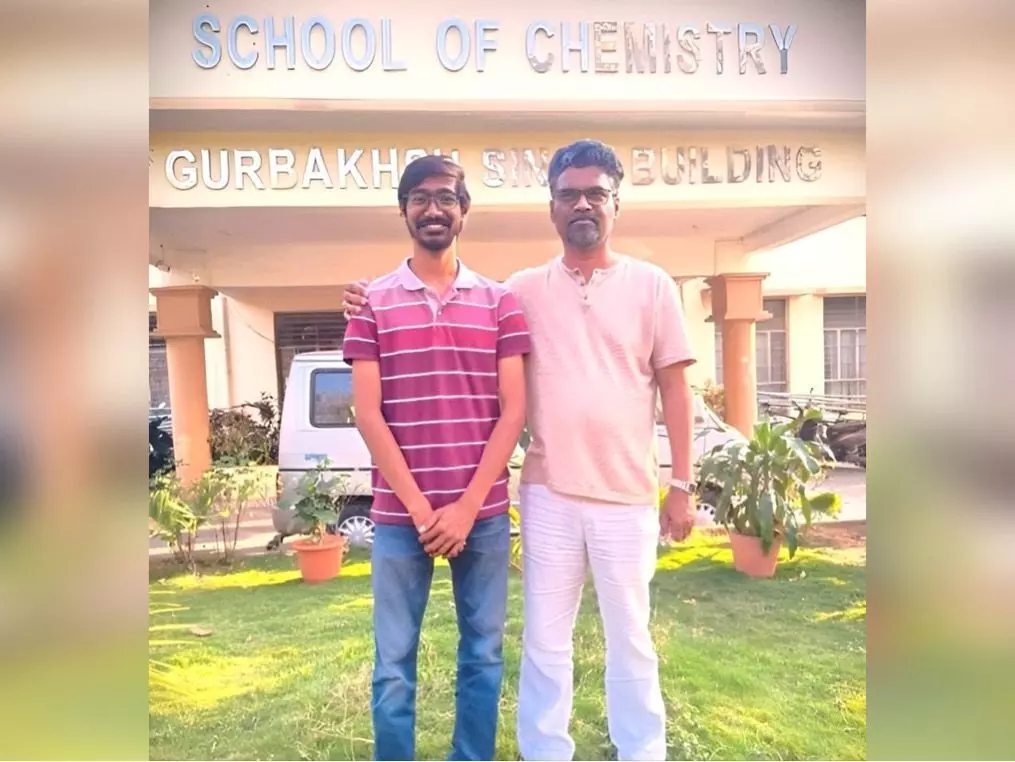UoH Chemistry professors patent technique to make organic optical crystals
This breakthrough technique of fabricating organic single-crystal photonic components has been aptly named ‘Crystal Photonics Foundry’
By Anoushka Caroline Williams
Hyderabad: In a stride towards advancing photonics technology, the University of Hyderabad (UoH) has been granted an Indian patent for ‘Molecular Single-Crystal Photonic Micro-Resonators and Method of Fabricating Thereof.’
This breakthrough technique of fabricating organic single-crystal photonic components has been aptly named ‘Crystal Photonics Foundry’ by Professor Rajadurai Chandrasekar, underscoring its potential as a cornerstone for future advancements in photonics technology.
The patent, credited to Professor Rajadurai Chandrasekar and Dr Vuppu Vinay Pradeep from the School of Chemistry at UoH, marked a milestone in microelectronic and nanophotonic components.
What is the patent for?
The patented invention addresses the crucial need for highly reproducible manufacturing of organic optical crystals with precise geometry and dimensions, essential for industrial-grade all-organic microelectronic and nanophotonic components, and photonic integrated circuits.
Professor Rajadurai Chandrasekar emphasised the significance of the invention, stating, “The present invention provides micro-resonators comprising a molecular single crystal that are useful in several photonic applications.”
Applications include usage in lasers, integrated circuits
At the heart of the invention lies the method of fabricating micro-resonators, which utilises focused ion beam milling. This innovative technique enables the precise fabrication of molecular single-crystal photonic micro-resonators, paving the way for many photonic devices.
Dr Vuppu Vinay Pradeep, as one of the inventors, highlighted the versatility of the fabrication method, stating, “The method of fabricating a micro-resonator can be used to create photonic devices such as resonators, waveguides, lasers, interferometers, gratings, couplers, modulators, beam splitters, photonic crystals, and photonic integrated circuits.”
“The implications of this patent extend beyond academia, offering a pathway towards the commercialisation of photonic devices and the realisation of next-generation optical technologies. As the demand for high-performance photonic components continues to rise, this patented invention aims to make significant contributions to the field of photonics, nationally and globally” concluded professor Chandrashekhar.